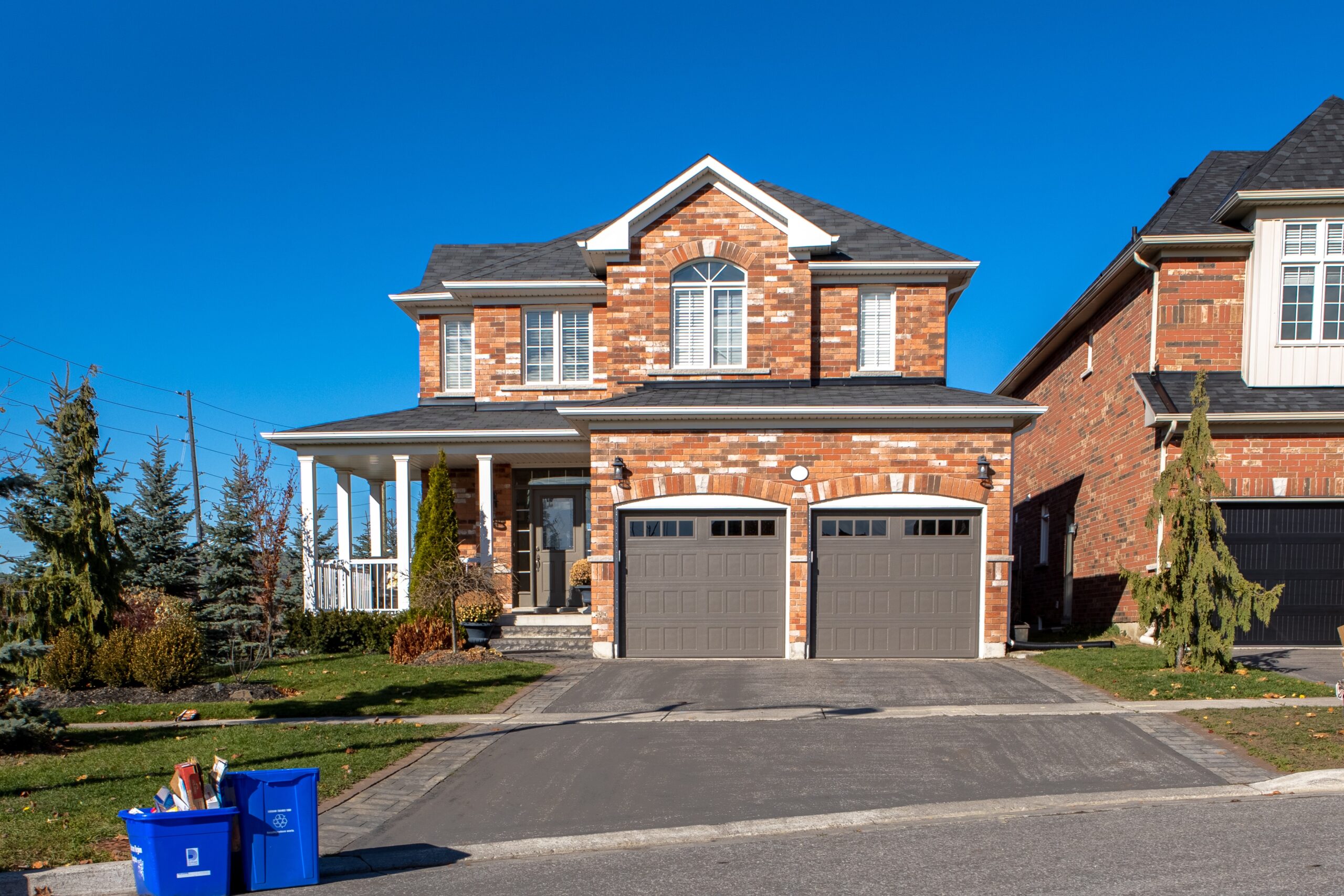Selling your home is now easier and more streamlined. Traditionally, selling your home revolved around completing several paper-based transactions and in-person negotiations. Similarly, homeowners had to rely on real estate agents to find potential customers and develop a ballpark value for their homes.
Modern technologies have eliminated these processes and simplified the home selling process. For instance, homeowners don’t have to rely on realtors. They can market their properties online to potential buyers, including cash buyers. Visit here to learn more about dealing with cash buyers. Other changes brought by advancing technologies to home selling include:
1. The Popularity of Online Listings and Virtual Tours
Online listings and virtual tours have revolutionized home selling. Traditionally, you’d have to put up a “For Sale” sign in your front yard, distribute brochures, or market your property through local print adverts to get the attention of potential buyers. While these options are still effective, online real estate platforms are currently more effective.
Unlike traditional marketing mediums, online listings expand your reach. Your marketing message can easily reach potential homebuyers outside your locality. An expanded reach increases exposure, which accelerates the home-selling process.
Online listings also allow homeowners to provide comprehensive information about their properties to potential buyers. Unlike brochures and yard signs, which allow limited information, you can include high-quality photos and detailed information about your property on online listings. You can even feature neighborhood data and property history. This information allows buyers to make informed decisions.
The ability to make real-time updates through online listings cannot be ignored. You can modify your listing information, price, and other details within minutes. On the other hand, virtual tours have changed how prospective buyers view properties they are interested in. They won’t have to travel all the way to see your property.
2. Improved Property Marketing

Modern technologies have also changed property marketing options. Modern real estate marketing strategies have reshaped how homeowners can showcase their properties. It has also enabled homeowners to reach a wider audience than was previously impossible. The following marketing techniques have changed property marketing:
Social Media Marketing
Social media platforms are powerful tools that homeowners can leverage to market their properties effectively. You can create compelling content and engage potential homebuyers in real-time. You can achieve this through:
- Visual storytelling: You can share visually appealing and engaging property marketing content on various social media platforms. Uploading high-quality photos and videos that highlight key features of your home attracts potential buyers.
- Targeted advertising: You can take advantage of Facebook and Instagram targeting options to ensure your marketing content reaches the target audience.
- User-generated content: Encourage your previous clients to share pictures and testimonials.
Drones for Aerial Views
Using drones to take aerial shots of your property is also exciting. Presenting your property on online listings with pictures and videos taken aerially makes it attractive. You should use aerial views to bring out unique selling points of your home. For instance, you can take pictures that show neighboring scenic views or amenities.
Virtual Staging
You should stage your property well to reach potential buyers. Traditionally, you’d have to schedule window treatments, landscaping, and other home staging options. However, you don’t have to undergo these tedious processes currently.
With virtual staging options, you can decorate and furnish your listed home digitally. This makes it easier for potential buyers to visualize themselves in your space. They can even decorate an empty space and add household appliances to kitchens and other living spaces. Virtual staging is a cost-effective option for home staging.
3. Online Pre-Qualifications and Financing

While cash buyers are increasingly becoming popular, most potential buyers still rely on mortgages and financing to purchase their homes. The traditional mortgage application and approval process is tedious and involves a lot of paperwork. Mortgage applicants also had to visit the bank or lenders in person and wait for weeks or months for approval.
However, this is a thing of the past, as digital financing solutions have made mortgage pre-qualification and approval convenient. For starters, the availability of online mortgage calculators helps mortgage applicants make informed decisions. Applicants can estimate their mortgage payments online without necessarily visiting the lender.
Homebuyers can also complete their mortgage application online. Digital mortgage application forms have revolutionized how property buyers apply for and secure financing loans. They complete application forms online, submit the necessary documents, and receive real-time updates. This reduces paperwork and shortens the approval process.
4. Remote Document Signing and Online Transactions

The traditional home selling process involves a lot of physical signing of agreements and payments.
However, with modern technologies, you don’t have to meet with the buyer physically to close the sale. The current era of electronic signatures and online payment platforms has changed how agreements and financial transactions for home selling are executed.
For starters, e-signatures have changed how contracts and other legal documents involved in the process are signed. Digitized signatures eliminate the need for paper signatures and physical ink. They are:
- Legally binding: E-signatures are recognized in most countries. However, they should meet certain requirements.
- Fast and convenient: You won’t have to meet with the property buyer to complete the agreement. This is beneficial for homeowners and property buyers in different locations.
- Audit trails: E-signature platforms produce audit trails that capture the signing process. This includes IP addresses and timestamps to prevent fraud.
On the other hand, online payment platforms have changed how real estate transactions are done. Unlike before, you can complete secure financial transactions for your deposits electronically. This offers unmatched flexibility, convenience, and transparency to property buyers and sellers.
However, you should ensure your online agreements meet the relevant legal and regulatory compliance. While e-signatures are legally binding, they should comply with relevant laws in your jurisdiction. You should also watch out for cybersecurity threats. You should choose a reputable online payment platform.
Endnote

Modern technologies have transformed the home selling process significantly. Unlike before, homeowners can now market their properties to potential buyers beyond their geographical location.
Virtual tours have replaced open houses, while remote transactions have simplified transactions. Advancing technologies will make the home selling process more streamlined and personalized, benefiting buyers and sellers.









